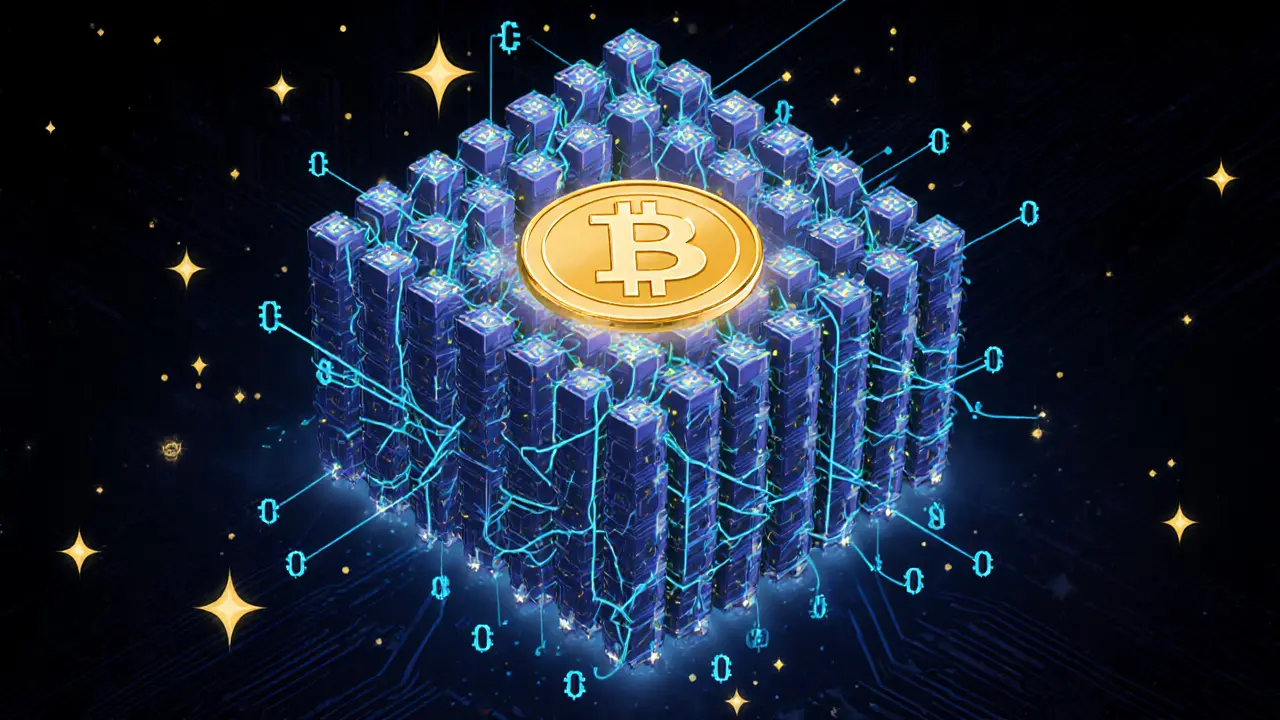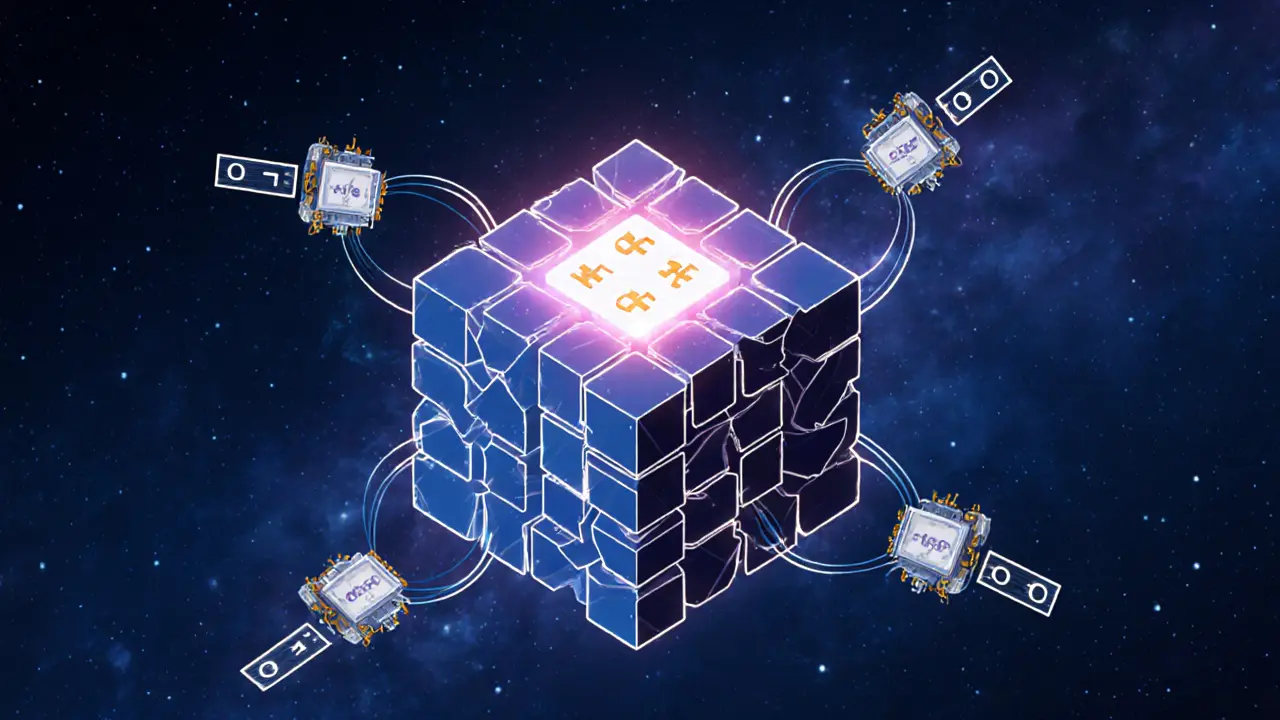Bitcoin Mining: How It Works, Costs, and Why It’s Still Alive
When you hear Bitcoin mining, the process of validating Bitcoin transactions and adding them to the blockchain by solving complex math problems. It’s not digital gold digging—it’s industrial-scale computing running 24/7 to secure the world’s most valuable cryptocurrency. Every ten minutes, a new block is added, and whoever solves the puzzle first gets rewarded in Bitcoin. That reward used to be 50 BTC. Now it’s 3.125 BTC—and it drops again in 2028. The math gets harder, the machines get louder, and the electricity bills get bigger.
Mining hardware, specialized machines built only for Bitcoin mining, like ASICs from Bitmain or MicroBT cost thousands and eat up power like a space heater on steroids. You can’t mine Bitcoin with a gaming PC anymore—it’s like trying to win a Formula 1 race with a bicycle. The top miners aren’t hobbyists. They’re companies in places like Texas, Kazakhstan, and Iran, where electricity costs less than a cup of coffee. In Iran, for example, miners pay as little as $0.01 per kWh, while regular citizens get blackouts. That’s not innovation—it’s energy theft on a national scale.
Bitcoin hash rate, the total computing power dedicated to securing the Bitcoin network hit a record high in 2024, even as prices dipped. Why? Because the miners who survived the 2022 crash are now running leaner, using cheaper power, and locking in long-term energy deals. The ones who didn’t adapt? Gone. This isn’t a get-rich-quick scheme. It’s a high-stakes game where your profit depends on how cheap your power is, how quiet your rig runs, and how long you can hold Bitcoin before selling.
Most people think mining is about buying a machine and waiting for cash. It’s not. It’s about logistics, energy contracts, cooling systems, and tax compliance. Even if you had the money for an ASIC, you’d still need to figure out where to put it, how to keep it from overheating, and whether your local government will let you run it at all. In the U.S., some cities ban mining outright. In Canada, hydro power makes it viable. In China? Banned since 2021. The rules change fast, and the players are always changing.
What you’ll find in the posts below isn’t hype. It’s reality. You’ll see how Iran’s cheap power fuels a national crisis, why mining startups are spending 30% of their budget just to stay legal, and how the energy cost of Bitcoin mining is now a global policy issue—not just a tech one. These aren’t theoretical guides. They’re post-mortems, deep dives, and real-world breakdowns from people who’ve been in the trenches. If you want to understand why Bitcoin mining still exists in 2025, you need to understand the money, the power, and the people behind it—not the marketing.
Understanding Bitcoin Network Hash Rate: How Computational Power Secures the Blockchain
Bitcoin's hash rate measures the total computing power securing the network. Higher hash rates mean stronger security, resistance to attacks, and network stability. Learn how it works and why it matters.
learn moreWhat Is Proof of Work in Blockchain? A Clear Breakdown of How It Secures Bitcoin and Other Cryptocurrencies
Proof of Work is the original consensus mechanism behind Bitcoin that secures the blockchain by requiring miners to solve complex math puzzles. It's energy-intensive but proven secure over 15+ years, making it ideal for digital gold, though alternatives like Proof of Stake are now dominant in other areas.
learn more
